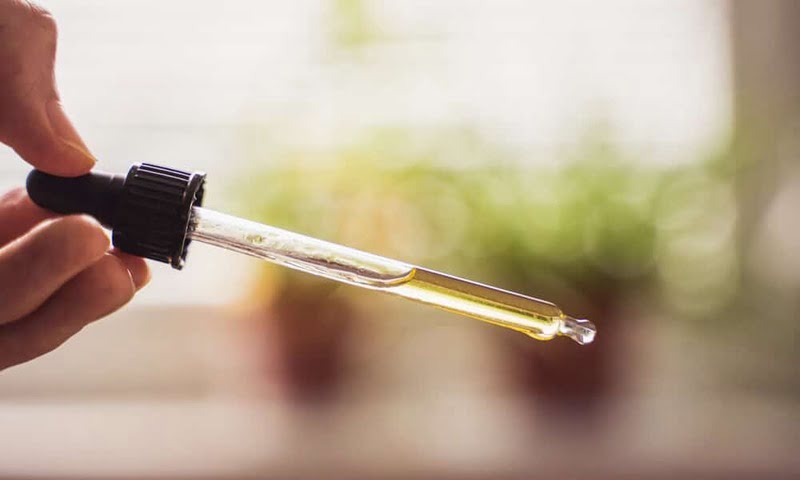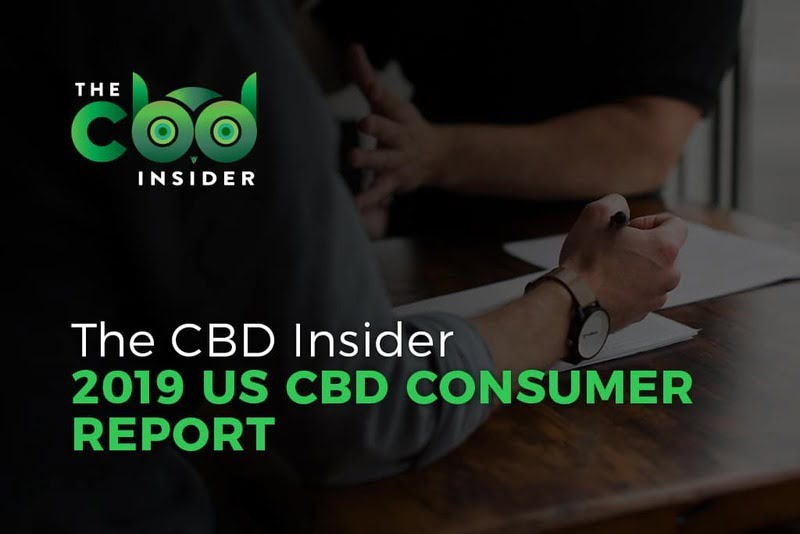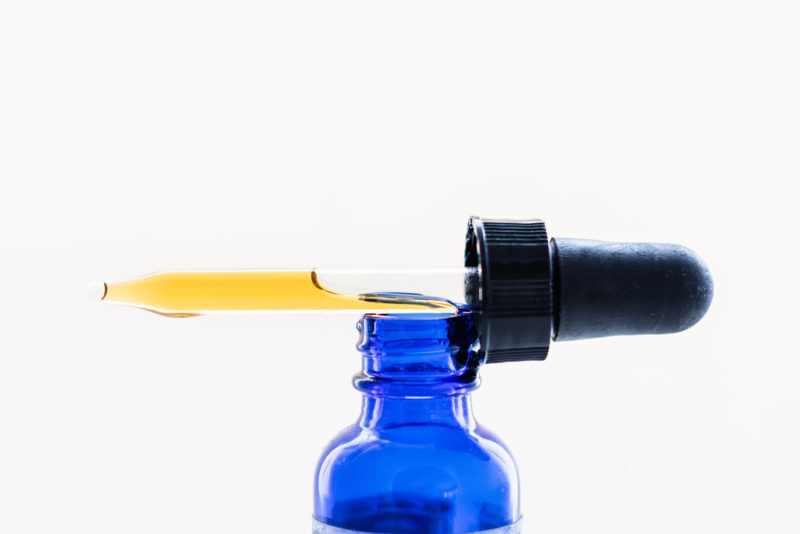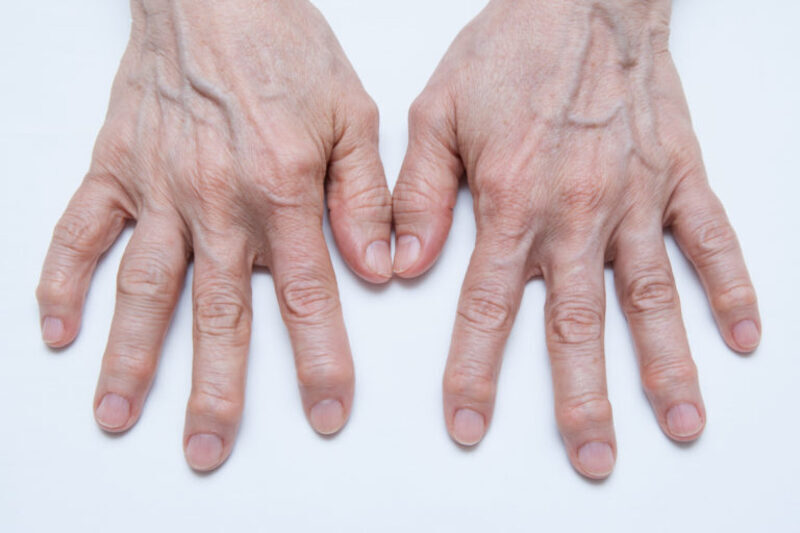-
- Market Research
- |
- CBD Near Me
- |
- Giveaways
- |
- Newsletter
- |
- Contact
- |
- Advertise
- |

In multiple studies involving human or animal subjects, researchers have demonstrated CBD as a potential treatment method for multiple forms of pain, especially arthritic and chronic back pain.
Researchers also have strongly hinted at CBD’s broader potential for multiple sclerosis, cancer (pain), fibromyalgia, diabetes, and heart disease.
We have several choices to make as consumers in terms of which form of CBD to take for pain management—a tincture, oil, edible, or topical cream—as well as the frequency and size of doses.
Some of the studies to be reviewed below use “oromucosal spray,” an application method involving spraying CBD into the lining of your cheek, but this particular form of the supplement is a less common fixture of CBD shops, so we will instead emphasize the four more common forms of CBD mentioned above.
We can’t accurately analyze and interpret the evidence, and more importantly, apply this information to our own healthcare routines, without at least briefly reviewing two mitigating factors affecting everyone considering CBD oil for pain: regulatory status and the often oversimplified physiology of pain.
Pain Is a Spectrum, Not a Symptom
In terms of how it is registered and dealt with by our nervous systems, pain is a far more nuanced issue than we give it credit for.
It’s convenient for commercial purposes to paint a linear, “on/off switch” picture of pain because neurochemistry lectures don’t exactly play well in thirty-second commercials for topical ointment.
In order to properly explain the use of CBD oil for pain, however, we have to at least acknowledge that different kinds of pain (e.g., stubbing your toe versus chronic back pain) are associated with different nerve fibers, immune responses, and neural networks in the brain.
The inherent subjectivity of pain stirs the pot even more when it comes to understanding how CBD may treat it.
Two people of similar age, build, and other physical characteristics can have drastically different reactions to the same painful stimulus.
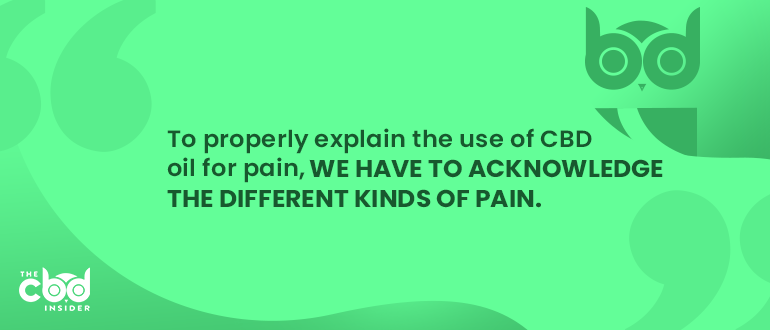
Regulatory No Man’s Land
Another factor that challenges our ability to gauge the effectiveness of CBD for pain is the legal and regulatory back-and-forth surrounding it.
Yes, hemp-derived CBD (containing less than 0.3% THC) is no longer a Schedule I drug, but no, it is not approved for use by the FDA with the exception of the anti-seizure drug Epidiolex, leaving us with a huge gray area.
“Use hemp oil for pain if you want,” the FDA is essentially saying, “but you’re on your own.”
This knowledge gap has forced a tough choice on the diverse and often desperate groups of (especially chronic) pain sufferers trying to avoid long-term opioid use: should I take this stuff or not?
Where we would have FDA-sponsored guidelines and information, this population often has to rely on hearsay and baseless assumptions.
Regulation and politics aside, it is still possible for thousands of pain sufferers in many states across the country right now to get in their cars, drive to a store, and buy CBD products.
So, what’s the best play here for someone looking for a less harmful alternative to prescription painkillers?
By first examining the research and then breaking down the consumer guidelines we’ve developed with our own qualitative investigations, we will show you how to use CBD oil for pain.
Evidence for CBD as a Pain Management Supplement
As mentioned, within our nervous systems are several smaller, self-contained networks that deal specifically with different kinds of pain, like inflammation, neuropathic (nerve-related) pain, acute/chronic pain, etc.
Put most simply, many of these systems function as follows: a specific kind of molecule binds with a specific kind of receptor, which then signals cells to perform a certain action that alleviates the painful sensation.
In this case, CBD is the molecule and the receptors that it binds with are part of the endocannabinoid system, one of the body’s existing pain control networks.
Our bodies already produce chemical messengers (endocannabinoids) that can stimulate the endocannabinoid system, which helps regulate mood, appetite, and sleep patterns in addition to pain, which is why CBD is best thought of as a supplement.
In other words, CBD bolsters the ability of this particular pain-management system to respond to painful stimuli by reinforcing the chemicals the body already produces at the two endocannabinoid receptor sites, CB1 and CB2.
It gets much more technical than this (CBD actually inhibits CB1 function in several ways), but this is the basis for many of the pain-relieving benefits conferred by CBD.
CBD for Arthritis Pain
According to a European Journal of Pain article published by the University of Kentucky College of Medicine and College of Pharmacy, CBD for arthritis pain is a potentially viable treatment throughout various stages of the disease.
The arthritic rats in this study were given CBD gel (topically) for four consecutive days, and then assessed afterwards across several key markers for arthritis symptoms, such as joint circumference, immune cell activity in tissues surrounding the joint, etc.
The results reported “transdermal CBD gel significantly reduced joint swelling, limb posture scores…thickening of the synovial membrane in a dose-dependent manner.”
This finding reinforces the presupposed theory that the endocannabinoid system receptors, especially CB2, are adept inflammation fighters.
CBD for Chronic Pain
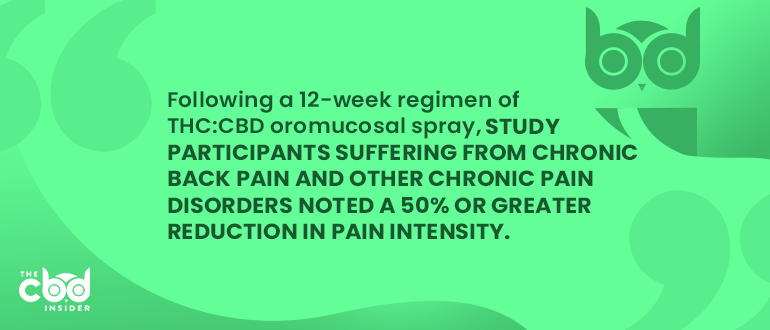
In addition to using CBD for arthritis pain, we are likely to see more people ask how to use CBD oil for back pain and chronic pain as both research-based and anecdotal evidence hint at this application.
In an academic review published in the Journal of Pain Research by Germany’s Institute of Neurological Sciences, researcher Micael Uberall reports that 67.5% of study participants suffering from chronic back pain and other chronic pain disorders noted a 50% or greater reduction in pain intensity following a 12-week regimen of THC:CBD oromucosal spray.
This finding is important for two reasons.
First, and most obviously, it means that some chronic back pain sufferers may experience a large enough drop in pain intensity with CBD to drop opioid medications or at least reduce doses.
Secondly, since CBD has just shown its efficacy as a treatment for chronic pain, this finding indicates that we may see continued exploration in the areas of fibromyalgia, multiple sclerosis, and other conditions characterized by chronic pain.
Broader Applications Under Investigation
To that effect, a Molecules study published by the University of Turin and Pharmaceutical Institute of Candioli (of Italy) describes many other potential applications for CBD based on a review of clinical evidence, including “gut homeostasis,” Crohn’s disease management, and nerve-related conditions.
The study also mentions the ability of CBD to intercept acute inflammation before it can progress into sub-acute/chronic inflammation, a transition that has been associated with the development of a very large class of seemingly unrelated disorders, like heart disease, type 2 diabetes, and even Alzheimer’s disease.
How to Use CBD Oil for Pain
Now that we’ve covered the “why” as far as our current knowledge base will allow, it’s time to address “how” to use CBD oil for pain.
Whether you’re using CBD for arthritis, back pain, or whatever else, it’s important that you understand the difference between a CBD tincture, oil, topical product, and edible.
CBD Tinctures and Oils
Tinctures and oils come in highly concentrated liquid solutions, usually in a small vial or bottle with a dropper lid.
The main difference between the two is that a tincture is extracted and preserved in alcohol, where CBD oil uses a “carrier” like hemp seed or coconut oil.
Tinctures and oils are available in different concentrations, like 25mg/mL or 50mg/mL, but most are concentrated enough that you will usually need only one dropperful or less for a substantial dose.
These forms of CBD are easy to measure in terms of dosage, and are absorbed into the bloodstream for systemic effects.
In terms of metabolism speed/method, and reach, orally ingested CBD oil affects the same areas of your body at the same time as a tincture.
Topical CBD
Topical CBD products are creams that you can rub directly onto a joint or other areas to relieve inflammation and pain.
Concentrations can vary in this area as well, but many topical CBD products reside around the 5 mg/mL or 10 mg/mL range.
Unlike orally ingested versions, using hemp oil for pain allows you to bypass the bloodstream and perfuse CBD directly into affected tissue for a faster and more local application.
CBD Gummies
Edibles, most commonly available as gummies, are the preferred form of CBD for people who want long-lasting effects and easily measurable doses.
Most brands make it easy with round numbers, i.e., 10 mg per gummy, and you can always take half a gummy if you’re increasing in small increments or starting small.
Dosage and Best Practices
Finally, as it concerns dosage, we invite you to visit our comprehensive CBD Dosage Guide for tips on finding the perfect dose for your situation.
It’s always helpful to start low (~25mg/day), gauge results, and increase or decrease in small and steady increments of five to ten milligrams.
It’s also important that you remain consistent, taking the same amount of CBD every day for as many days as it takes to yield an accurate picture of its effects. Then, you can either make changes based on your experiences or maintain your current dose if you’re content.
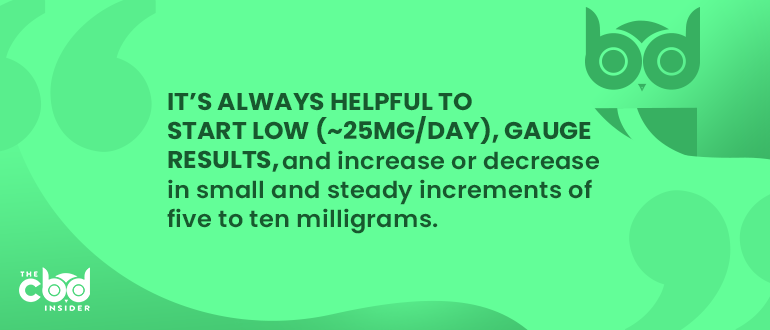
Measuring and tracking both how much you take and how it affects you will help you hone your CBD dose for pain control with maximum effect.
While in this critical window of feeling out the supplement’s effects, you may find that changing other elements in your diet/activity (unless recommended by a doctor) at the same time can obfuscate the results, so it’s best to focus on the CBD first and then make other changes after you’ve settled on an appropriate dose if possible.
Finally, in the world of unregulated CBD especially, proof is absolutely paramount when it comes to determining product quality and manufacturing standards.
Research every brand thoroughly and equip yourself with all the knowledge you need to make a confident and informed purchase, or see our list of Trusted CBD Brands.



